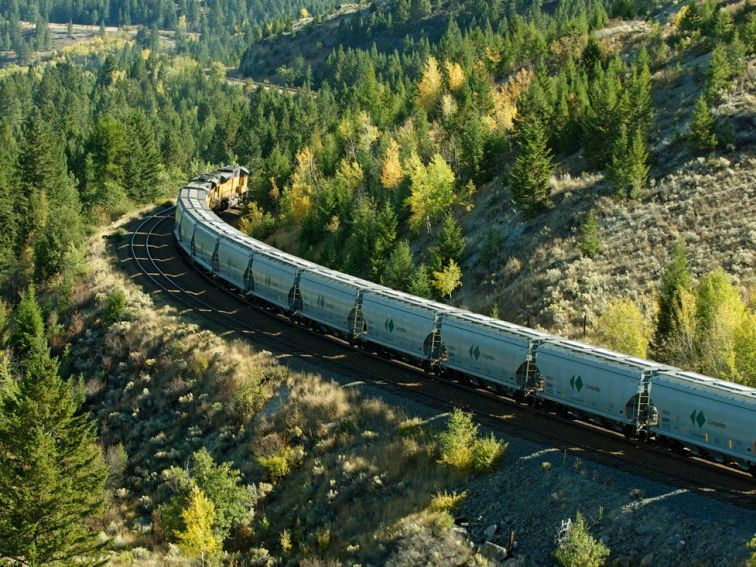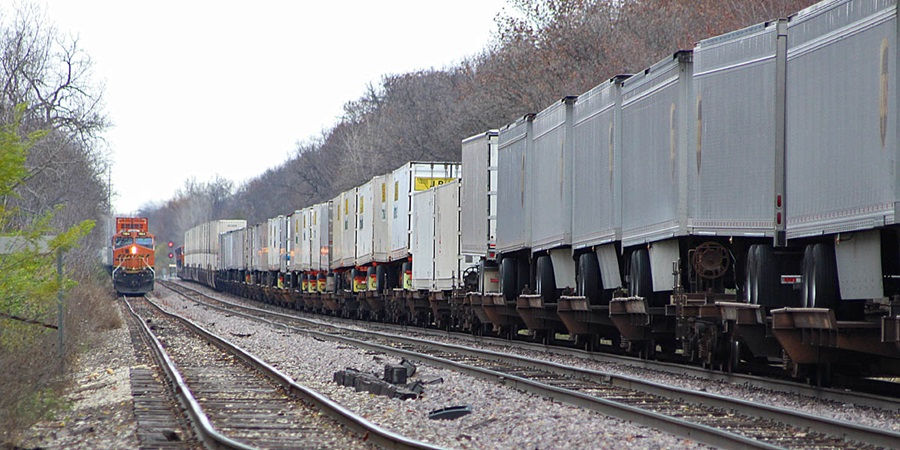Those little shippers ain't shippin'.
- by Charles A. Turek
- May 24, 2016
- 3 min read
(Important notice: Despite the first sentence of this blog post, this is a blog about railroading, not trucking.)
According to truckinginfo.com orders for Class 8 trucks (rated over 33,500 pounds gross weight) are down four months straight and slumped in April 2016 to their lowest level in six years. It is also widely reported that trucking companies are seeing softening demand for trucking moves. What does this have to do with railroads?

In last week’s post, I pointed to the falling traffic volumes being experienced by Class I railroads, and by the industry in general. We noted that much of this is attributable to coal companies closing or reducing production on account of government regulation, and by the low price of motor fuel reflecting lower prices for a barrel of crude oil. If you couple that with lower demand for trucks and trucking, the railroad industry doesn’t just have a traffic slump. In my opinion, it has a problem.
The next biggest incentive for railroads to run long trains from yard to yard without switching, after unit coal and crude oil (CBR) trains, is intermodal. Yes, a lot of that is stack, double-stack. But a lot is still good old trailer-on-railcar movement in unit trains that mesh with the big truckers’ schedules and customer demands.
Without it, what’s the next biggest?

Yes, without unit coal, CBR and trailers, there are other commodities to run in long or unit trains. Chemicals can be, but tend to move in smaller lots. They also face the same NIMBY (not in my back yard) public opposition that CBR trains face, because lots of chemicals move in tanks. Grain is big at harvest time, and continues to move from large aggregators (we used to call the elevators) to customers and for export at a reduced volume during off months. Only a bumper crop keeps it moving all year. There is rock, ore, potash, gypsum, and other stuff to get out of the ground and move by rail, but it’s small compared to what coal once was. Wood and lumber products probably will never come back in the United States unless environmentalists come to their senses. Did I really say that? Consider it fantasizing.
Worse, as I noted last time, railroads are furloughing people. If trucking is down, the trucking companies are doing the same. So much for the driver shortage, a minus for the railroads. Add to this the unemployed miners, oil drillers, and others and you may have a genuine recession. At the tail end of our non-recovery from the last one, this may lead to reduced rail traffic in automobiles (always a mainstay), auto parts and other machinery. What’s left?

The railroads may just have to figure out how to overcome their aversion to single cars that have to be switched, or find new 21st-century ways to deal with them, and then go out there and decide what they can do for shipper customers that the truckers can’t or won’t. Government could help, inadvertently as it always does, by continuing to let the Interstate Highway System go to hell, either by failing to fund infrastructure or by letting the truckers have their way with heavier trucks. Either would help the railroads get single-car moves.
I don’t know what’s going to happen. When the federal administration changes in January 2017, lots of other things could change. But will they? Only time will tell.
© 2016 – C. A. Turek – mistertrains@gmail.com
(Charles A. Turek is a writer and novelist based in Albuquerque, NM. After four decades working in areas of the insurance industry related to transportation, he now writes on all aspects of American railroading. Charles is a political conservative but believes in public funding of passenger rail as a part of the federal government’s constitutionally conservative obligation to provide for defense and public infrastructure so that private enterprise may flourish.)

![maxresdefault[1].jpg](https://static.wixstatic.com/media/cef8ab_8d4e0ddce355463e8edabd7c8937b6f6~mv2_d_2500_1406_s_2.jpg/v1/fill/w_124,h_70,al_c,q_80,usm_0.66_1.00_0.01,enc_avif,quality_auto/maxresdefault%5B1%5D.jpg)



















Comments